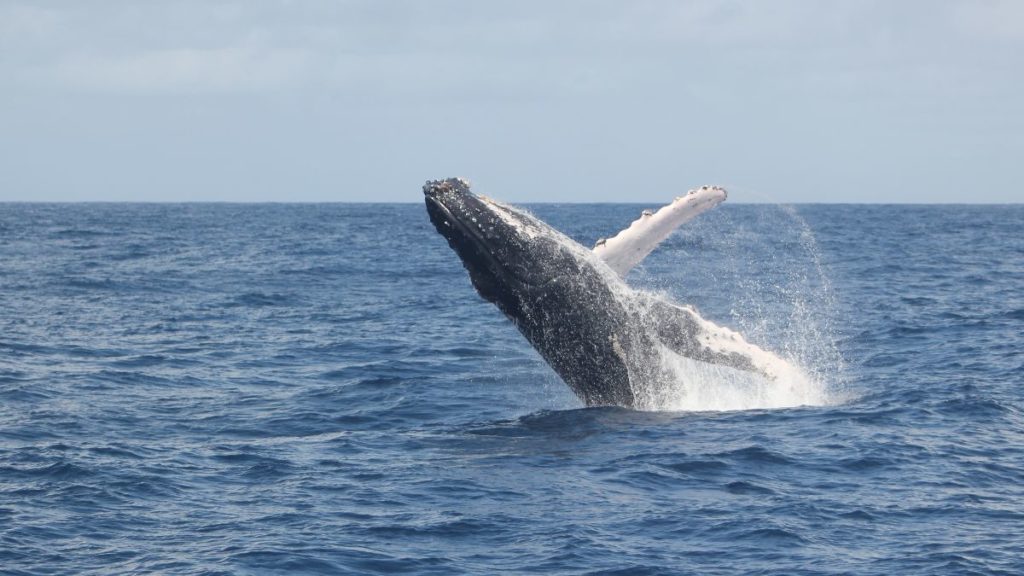Where are the Whales – 2020 Edition
In 2019 the occurrence of humpback whales at many Indocet member sites was greatly reduced when compared to previous seasons. The reasons for this remain unknown but may be linked to feeding opportunities in the Southern Ocean during the preceding Austral Summer. It would be useful to repeat the brief questionnaire exercise completed by many Indocet members following the 2019 season. This presumes that at least some members were able to work during the 2020 season despite the global pandemic. With this article we hope to solicit some more feedback on the 2020 season. As before, members are asked to provide some generalised feedback on humpback whale observations you may have had during this past season. These should be linked to some measure of effort (x number of days or hours spent searching). We will compile any feedback into a single reconciled document that would be shared via the IndoCet website. We are not asking for your data, nor that you spend a lot of time on this. However, some feedback on the following points would be useful:
● Study area
● Did the pandemic impact your ability to complete survey work?
● Effort recorded: Yes/No
● What type of data did you collect? Are you able to provide us with an estimate of sightings per unit effort for the season?
Please provide your feedback to Tim Collins (tcollins(at)wcs.org)
From the feedback that has been received so far, it seems that in 2020 the season was clearly much improved at many sites, compared to 2019. In Kenya, whales were routinely reported on the KMMN whatsapp group, as well as routinely recorded by researchers with the Watamu Marine Association. In Reunion, the sighting frequency of humpback whales was very similar to 2019, although fewer individuals were photo-identified (the annual report is available here).
Contributor : Tim Collins
